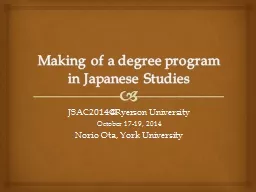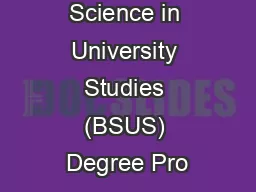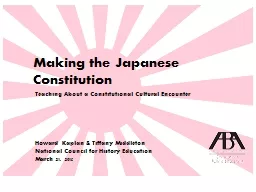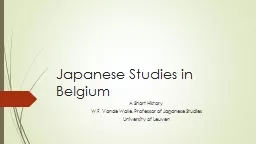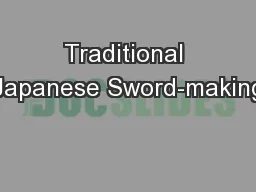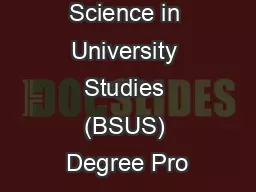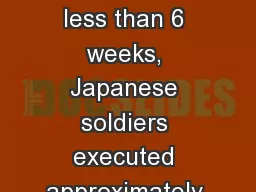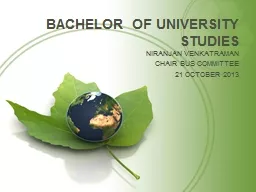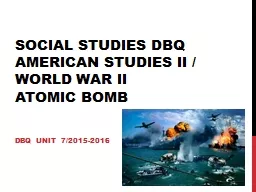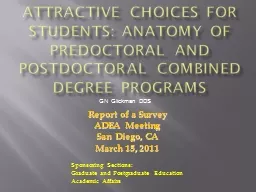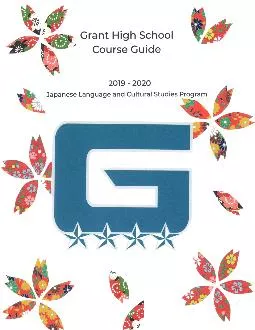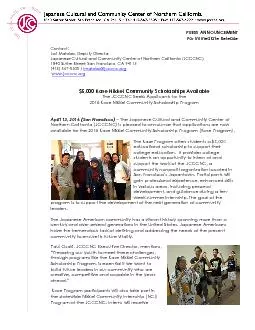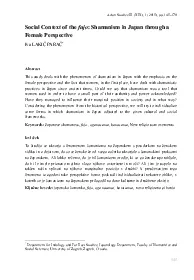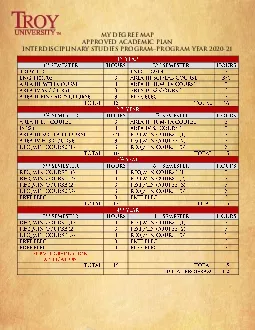PPT-Making of a degree program in Japanese Studies
Author : faustina-dinatale | Published Date : 2018-01-20
JSAC2014Ryerson University October 1719 2014 Norio Ota York University Minimum requirements All students must take at least 36 credits within the course offerings
Presentation Embed Code
Download Presentation
Download Presentation The PPT/PDF document "Making of a degree program in Japanese S..." is the property of its rightful owner. Permission is granted to download and print the materials on this website for personal, non-commercial use only, and to display it on your personal computer provided you do not modify the materials and that you retain all copyright notices contained in the materials. By downloading content from our website, you accept the terms of this agreement.
Making of a degree program in Japanese Studies: Transcript
Download Rules Of Document
"Making of a degree program in Japanese Studies"The content belongs to its owner. You may download and print it for personal use, without modification, and keep all copyright notices. By downloading, you agree to these terms.
Related Documents

